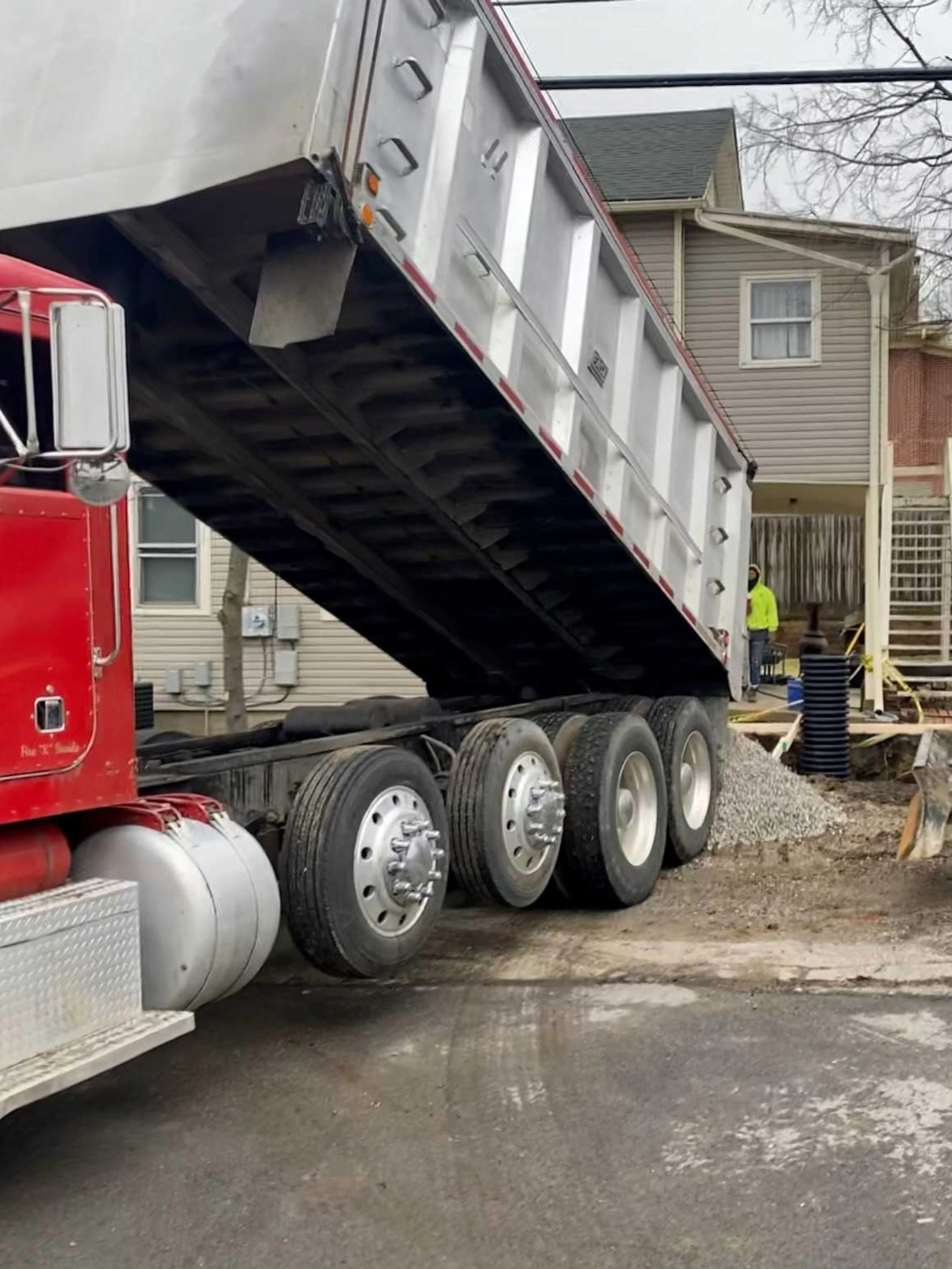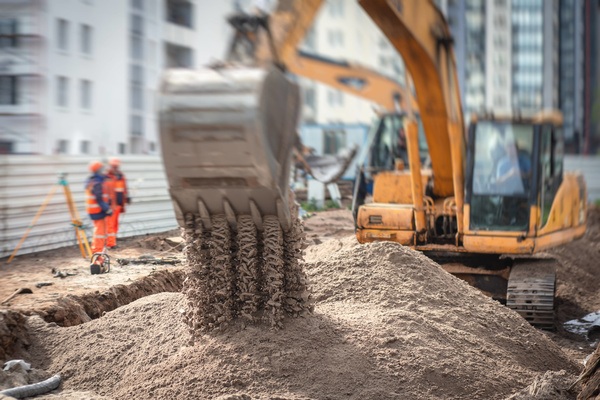Residential Excavating Ohio - Specialized Excavation for Ohio Residences
Residential Excavating Ohio - Specialized Excavation for Ohio Residences
Blog Article
Thorough Expedition: The Science Behind Superior Excavation Practices
The world of excavation techniques is a domain name where scientific research links with craftsmanship to uncover the mysteries concealed beneath the planet's surface. From ancient hand devices to modern-day hydraulic excavators, the development of excavation strategies has actually been a testimony to human ingenuity and technological improvements. However, what genuinely establishes superior excavation practices apart is a deep understanding of geological concepts, coupled with the application of innovative tools and approaches. By discovering the scientific research behind these practices, we can discover the tricks that lie under our feet and appreciate the precision and competence that go into every dig.
Evolution of Excavation Strategies
Throughout history, the evolution of excavation strategies has played a vital role in advancing building methods and historical explorations. From the rudimentary devices utilized by our ancestors to the sophisticated machinery used in modern-day times, the development of excavation approaches has actually considerably changed exactly how we come close to numerous tasks.
In old times, hands-on labor with basic devices such as pickaxes, shovels, and wheelbarrows was the main approach of excavation. This labor-intensive process restricted the deepness and scope of excavations, commonly leading to slow progress and restricted accessibility to specific sites. As people advanced, so did the tools and techniques used for excavation.
The Industrial Transformation noted a turning point in excavation methods with the introduction of steam-powered machinery. In modern times, modern technology plays an essential role in excavation, with developments like GPS systems, drones, and 3D scanning boosting accuracy and efficiency in the field.
Function of Technology in Excavation

The combination of sophisticated technology has essentially transformed the area of excavation, improving accuracy and efficiency to unmatched degrees. One of the crucial technological improvements that has actually significantly affected excavation practices is the usage of general practitioner systems. These systems permit exact mapping of excavation sites, allowing drivers to precisely situate below ground energies and frameworks. Furthermore, using telematics in excavation tools has made it possible for real-time monitoring of maker efficiency, leading to proactive upkeep and raised functional efficiency.
Moreover, the introduction of 3D modeling and simulation software program has streamlined the preparation procedure for excavation projects. Engineers and operators can currently imagine the entire excavation procedure prior to beginning, enhancing and determining prospective difficulties process. In combination with this, the execution of drones in excavation tasks has helped with airborne studies, volumetric measurements, and site examinations with unmatched speed and accuracy.
Geological Concepts in Excavation
An understanding of geological principles is important for making sure the structural integrity and security of excavation sites. Geological factors play a crucial duty in determining the feasibility and safety and security of excavation projects (lancaster excavation). One key geological concept to take into consideration is the kind of soil or rock present at the site. Various soil types, such as sand, clay, or gravel, have varying degrees of security and need different excavation techniques. For instance, excavating ohio natural soils like clay might require extra assistance to avoid collapses, while sandy soils might be susceptible to disintegration during excavation.
By performing detailed geological surveys and evaluation, excavators and designers can create approaches to alleviate risks and ensure the effective conclusion of excavation tasks. Ultimately, including geological concepts right into excavation techniques is important for attaining risk-free, efficient, and sustainable outcomes.

Most Recent Tools for Excavation
In the world of excavation techniques, contemporary innovations in tools have reinvented the performance and accuracy of excavation processes. One of the most recent devices making waves in the industry is using drones equipped with sophisticated imaging modern technology. These drones can offer detailed aerial studies of excavation websites, offering real-time information on topography and possible threats. This details help in far better planning and decision-making during the excavation procedure.
An additional hints additional cutting-edge device gaining appeal is the application of 3D printing innovation for creating personalized excavation tools. This enables for the production of specialized tools that are tailored to the specific needs of a job, boosting efficiency and minimizing downtime.
In addition, innovations in materials science have brought about the development of stronger and a lot more resilient excavation tools. septic ohio. Tungsten carbide-tipped excavator accessories, for instance, deal remarkable performance in difficult ground conditions, improving efficiency on-site
Science's Effect on Excavation Practices

In addition, scientific study on dirt mechanics and geotechnical engineering has actually provided useful insights right into dirt behavior, enabling excavation experts to make informed choices pertaining to excavation approaches and dirt stabilization strategies. Overall, science proceeds to drive advancement and improvement in excavation methods, making excavation jobs a lot more effective, cost-effective, and sustainable.

Verdict
To conclude, the advancement of excavation strategies has actually been substantially influenced by developments in modern technology and a deeper understanding of geological principles. The current tools and equipment utilized in excavation have actually enhanced efficiency and accuracy in the area. The application of clinical understanding has actually significantly improved excavation practices, causing more reliable and lasting techniques for digging deep into different kinds of materials.
In the realm of excavation practices, modern advancements in tools have actually reinvented the effectiveness and precision of excavation processes. By leveraging scientific concepts, the excavation industry has actually been able to dramatically improve effectiveness, accuracy, and security in excavation procedures. GPR enables excavation groups to non-invasively check and map subsurface frameworks, utilities, and prospective risks, allowing them to intend excavation jobs with better accuracy and reduced threat of mishaps.
In addition, clinical study on dirt technicians and geotechnical Resources engineering has offered useful insights into dirt habits, enabling excavation professionals to make educated decisions pertaining to excavation approaches and dirt stablizing methods. Generally, science continues to drive advancement and enhancement in excavation practices, making excavation projects extra efficient, cost-effective, and lasting.
Report this page